Media | Articles
The 40th anniversary of the end of Malaise Era is just around the corner
By most accounts, the term “Malaise Era” was coined by journalist Murilee Martin. Taken from Jimmy Carter’s famous speech, it reflects the pervasive funk that the U.S. found itself in post-Vietnam, though Martin and fellow car enthusiasts tend to further focus it as the term to define a decade’s worth of lackluster autos. The period was marked by rampant inflation and a frustratingly stagnant economy. Everything from American exceptionalism to oil, and even natural fibers, seemed to be on the way out, replaced with polyester leisure suits, disco, and well, seemingly not much else. Most importantly, horsepower took a lengthy holiday as fuel prices and insurance rates went up while speed limits went down.
We’re about to mark a truly happy milestone, however: By my count, 2024 marks the 40th anniversary of the end of this much-maligned era. Four decades on from 1984, maybe, just maybe the cars that helped us get back to horsepower and driving enjoyment can find a more appreciative audience, and we can take a more charitable view of the re-emergence of the American performance car. On the other hand, maybe it’s still too soon.
The onset of the Malaise Era came with shocking speed. In 1972, big blocks were as easy to find as Triceratops in the late Cretaceous period. Just two model years later, they had nearly disappeared. The twin asteroid-like impacts of the 1973 oil embargo and the recession that it triggered quickly made the American performance scene look like a post-apocalyptic wasteland. By the 1974 model year, things looked bleak indeed. Horsepower was down dramatically and rising curb weights from things like mandated diving board five-mph impact bumpers helped further blunt performance. By 1978, things had gotten so bad that the fastest American car was actually a truck. The Dodge Lil’ Red Express pickup was one of the few vehicles you could buy that was capable of a sub-seven second 0–60 time.

The degradations that the era spawned have been well-documented—from the Mustang II to the 305-cubic inch “California” Corvette, and the Iron Duke Camaro. All of these were fodder for the “Rust in Peace” series I did for The New York Times in the early 2000s. Even the once-feared Pontiac Trans Am, one of the few large-displacement cars to survive the big block mass-extinction, was only able to extract a pitiful 200 hp from its massive 455 cubic inches in 1975, mimicking the output of a cheap, loud, “as seen on TV” juicer. If you had the distinct displeasure of living through it, the Malaise Era seemed to last as long as the most recent ice age. Bright spots were few and far between, and often, they weren’t American—the Porsche 930 and the Mercedes-Benz 450SEL 6.9 were fast but crazy expensive, and unless you lived in New York or L.A., you likely never saw one.
Help eventually arrived—fuel injection, three-way catalysts with oxygen sensors, multi-valve cylinder heads, turbochargers, and finally variable valve timing, all did their part to make horsepower a thing again. The Buick Regal Sport Coupe/T-Type brought turbocharging to American showrooms around the same time that the Saab 900 SPG Turbo started making its reputation as a seriously quick car. By 1984 the turbocharged, V-6-powered Regal Grand National was making 200 hp and an astounding 300 lb-ft of torque, figures that had rarely been seen since the early ’70s. (It’s important to remember, too, that 200 hp in 1984 SAE net was probably closer to 250 hp in pre-Malaise SAE gross measurement.)
Marketplace
Buy and sell classics with confidence

By 1984, America’s premier pony cars were becoming de-zombified as well. The Z/28 Camaro of that year made 190 hp, and the 5.0-liter Mustang 175 hp. By the next model year, both had cracked the 200 hp mark. 1984 also introduced the fourth-generation Corvette, a dramatic upheaval from the early ’60s roots of the prior generation. The Malaise era was definitively over, although its last vestige, the reviled 55 mph national speed limit, hung on until it was modified in 1987 and then fully repealed in 1995.
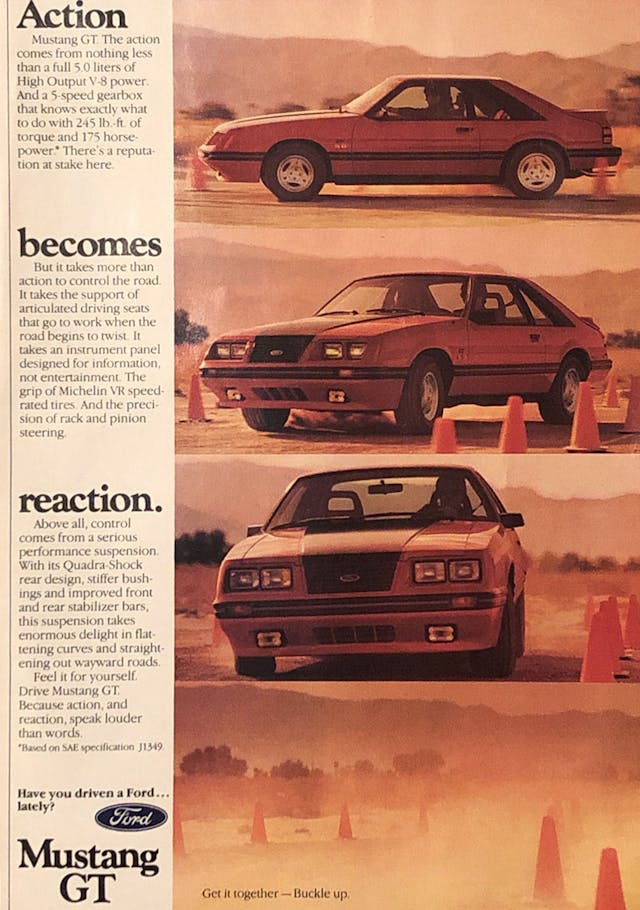
Malaise Era cars have certainly found collectability over the last 10 to 15 years—Urethane-nose, late ’70s/early ’80s second-generation Camaro Z/28s, and Bandit Trans Ams, (so-called “mustache muscle”), certainly have their fans, but then oddly enough, so do the Charlie’s Angels-era Mustang II Cobras. These, however, are mainly novelty/irony/nostalgia buys. I suspect few people are likely to care about them after the generation that came of age during the Smokey and the Bandit and Fast Times at Ridgemont High days passes from the scene.
It’s the cars that brought an end to the era, the turbocharged Regals, IROC-Zs, and post-1983 Fox-body Mustangs, that we should be building bronze statues to, or at the very least, collecting with more gusto. They truly saved driving and ensured that horsepower didn’t become just another quaint unit of measurement (like pennyweights or Macedonian cubits), understood and remembered only by our grandparents and great-grandparents.
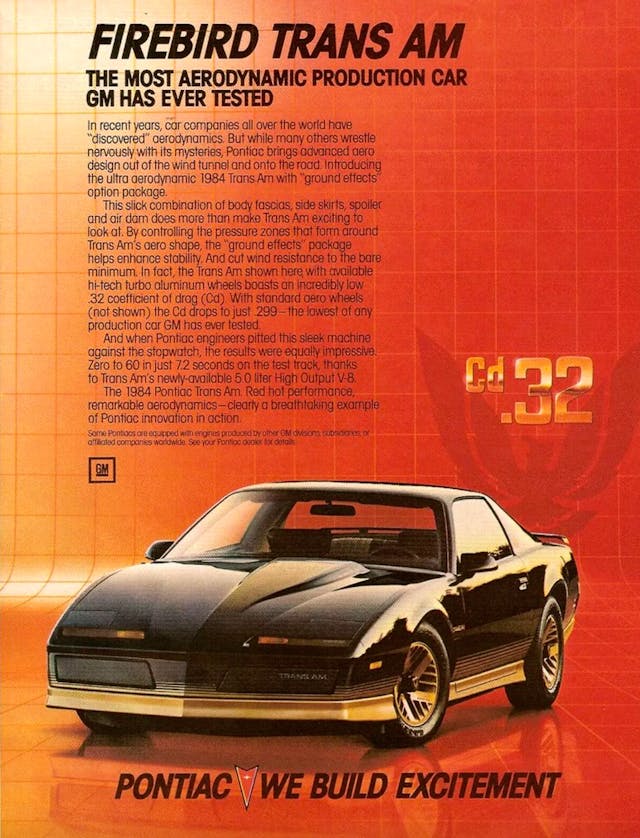
***
Check out the Hagerty Media homepage so you don’t miss a single story, or better yet, bookmark it. To get our best stories delivered right to your inbox, subscribe to our newsletters.
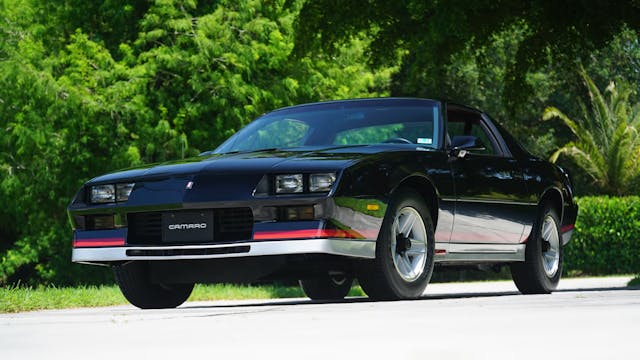

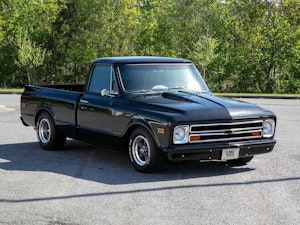


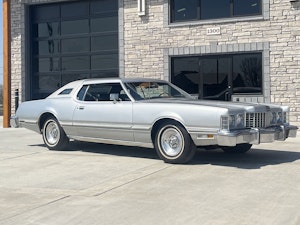






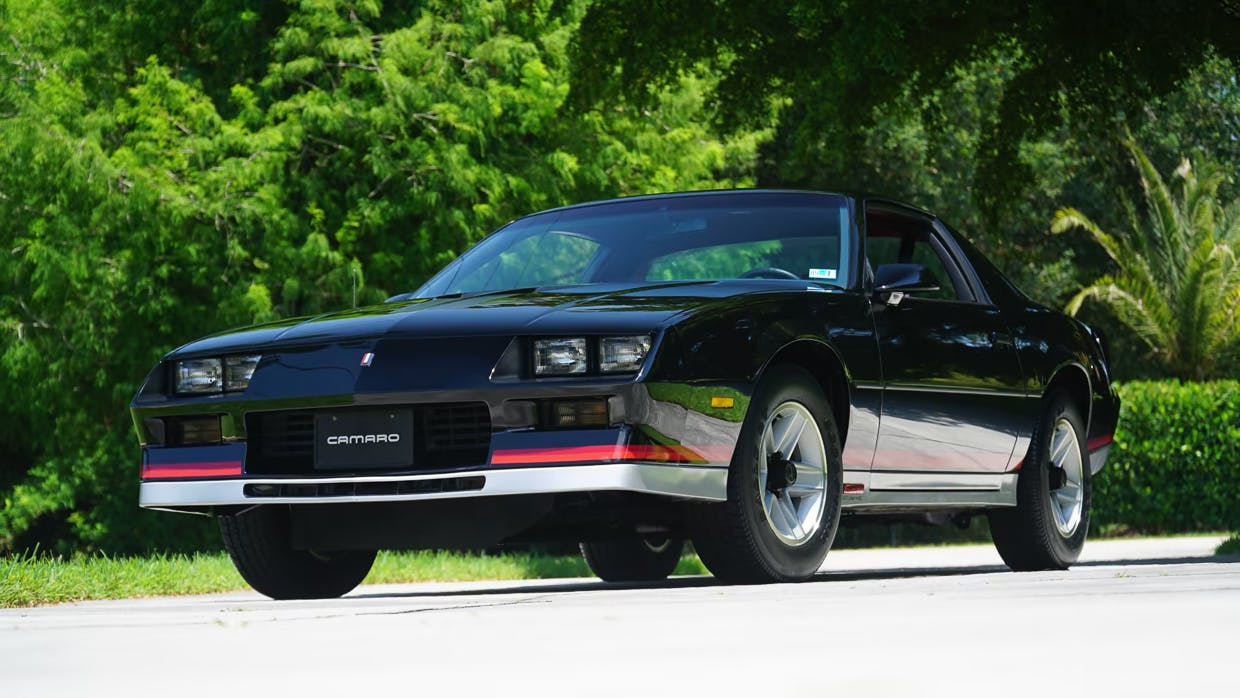
Somebody is crazy if believes that truck was faster than the Pontiac motored TA in 78, at a underrated 220 hp. Yes, while not anything compared to earlier cars, it was still the fastest vehicle on the road in 78. Get your facts straight around there.
Being in high school in the early 80s I had personal experience with cars of this era. Reality was that any of the “car guys” chose something pre-72 to drive. They were cheap and available. Chevelles, Camaros, Mustangs and even the occasional GTX or Super Bee. $2 grand bought a lot of car. And many could be had for less.
We probably contributed to reducing the number on the road though. Winter driving, street racing and just general teen age driving.
Good times!